
How to clean a dog's eyes
When we look into our dogs' eyes, their bright and lively eyes seem to be able to speak, conveying dependence and trust.
During the days spent with dogs, every move they make tugs at our hearts. Among their many behaviors, guarding behavior is one that is both touching and worthy of in-depth understanding. A dog's guarding behavior is not only a manifestation of their instinct but also contains their deep love and loyalty towards their owners.
When a dog exhibits guarding behavior, the most intuitive manifestation may be its strong defense of a specific area. For example, when a stranger approaches the "territory" it has identified, such as the yard at home, the room where it often stays, or even just its doghouse, the dog will immediately become alert. Its originally relaxed body tenses up instantly, its ears stand up, its eyes fixate intently on the intruder, and its tail may stand upright straight or swing slowly and powerfully. This is a signal that it has entered a defensive state. It may emit a low growl, attempting to warn the other party not to come closer. There is an inviolable majesty in this growl, allowing people to truly feel its determination to protect its territory. As the owner, seeing the dog so dutifully guarding the home, a warm feeling will well up in the heart, knowing that this little life is shielding us from the wind and rain in its own way.
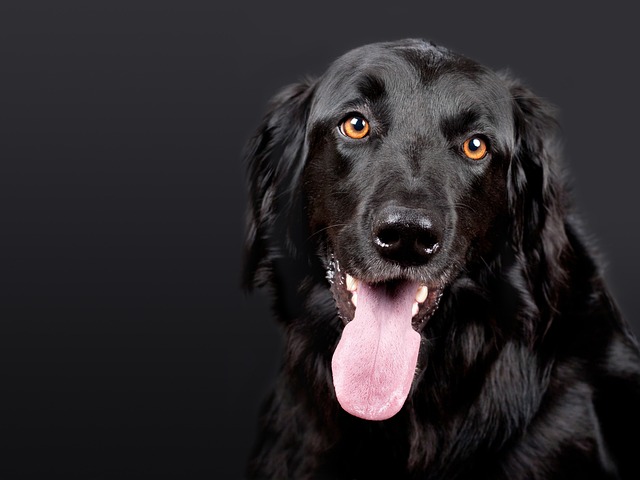 Guarding of objects is also a common form of a dog's guarding behavior. Some dogs will cherish their beloved toys, bones, or specific items given by the owner especially. When other animals or even the owner tries to take these items away, the dog may show obvious resistance. It will press the item tightly with its paws, crouch over it with its body, and make a whimpering sound, as if proclaiming that this is its exclusive possession and no one can take it away. This guarding of items, on the one hand, stems from the dog's possessiveness, and on the other hand, it is because these items have a special meaning to them. They may be playmates that bring happy memories or a source of comfort for them. When the owner faces such a situation, they may think the dog is a bit "stingy," but more often they show understanding and tolerance, because this is also an indication of the dog's rich emotions.
Guarding of objects is also a common form of a dog's guarding behavior. Some dogs will cherish their beloved toys, bones, or specific items given by the owner especially. When other animals or even the owner tries to take these items away, the dog may show obvious resistance. It will press the item tightly with its paws, crouch over it with its body, and make a whimpering sound, as if proclaiming that this is its exclusive possession and no one can take it away. This guarding of items, on the one hand, stems from the dog's possessiveness, and on the other hand, it is because these items have a special meaning to them. They may be playmates that bring happy memories or a source of comfort for them. When the owner faces such a situation, they may think the dog is a bit "stingy," but more often they show understanding and tolerance, because this is also an indication of the dog's rich emotions.
A dog's guarding of its owner is even more touching. In daily life, when a dog senses that its owner may be in danger, even if it's just a stranger getting too close, it will unhesitatingly stand in front of the owner. Its eyes are firm and focused, constantly paying attention to the surrounding situation, ready to deal with any possible threat at any time. If it senses that the other party has malicious intent, the dog may adopt an aggressive posture, such as baring its teeth and making fierce barks, trying to scare the other party away. This unreserved guarding of the owner is a powerful proof of the deep emotional bond between the dog and the owner. At that moment, the owner will deeply realize that the dog is not only a pet but also a loyal companion, an existence that can be entrusted with one's life.
From a professional perspective, a dog's guarding behavior has its internal roots. In the evolutionary history of dogs, guarding behavior is part of their survival instinct. Their ancestors gradually developed this instinctive reaction in order to protect their territory, food, and companions. For domestic dogs, the owner and the family have become the core of their lives, so this guarding instinct has been transferred to the owner and the living environment. At the same time, the long-established emotional connection between the dog and the owner also prompts them to want to protect the owner's safety and happiness.
However, a dog's excessive guarding behavior can sometimes cause some troubles. For example, in social situations, a dog may show aggression towards others due to overly guarding its owner, which may affect the owner's communication with others. Or a dog's excessive guarding of items may lead to it being unwilling to share toys with other dogs during playtime, affecting the social relationship among dogs. But even so, the owner usually won't really get angry. Instead, they will think more about how to guide the dog to express its guarding behavior correctly, neither suppressing its nature nor enabling it to better adapt to the living environment.
A dog's guarding behavior, whether gentle or intense, every detail is filled with their love and loyalty towards us. As owners, we are fortunate to enjoy this selfless guarding, and we also have the responsibility to understand and guide this behavior of the dog, making our companionship with the dog more harmonious and beautiful.

When we look into our dogs' eyes, their bright and lively eyes seem to be able to speak, conveying dependence and trust.
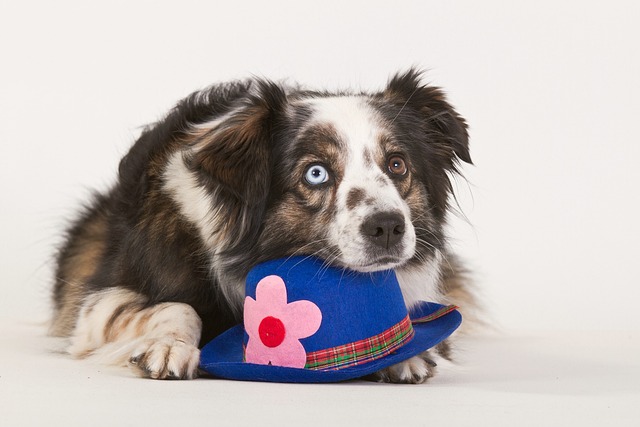
When you come home after a busy day, you open the door and see your dog lying quietly on the floor, wagging its tail and looking at you. The warmth and healing of that moment are the most cherished moments for countless dog owners.
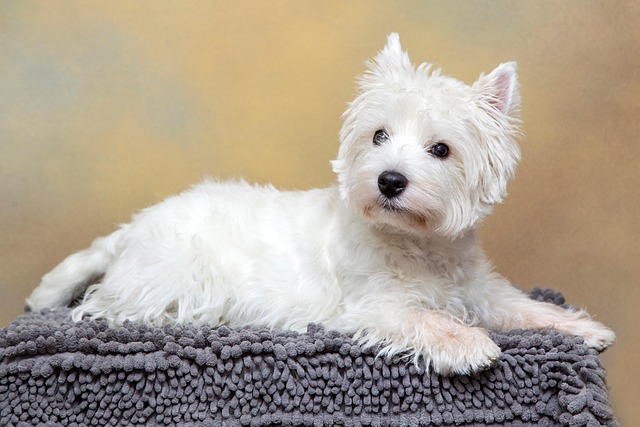
When a dog that is usually lively and active suddenly loses its appetite, becomes listless, or even vomits frequently, every pet owner will be worried that it is intestinal obstruction, a "health killer".
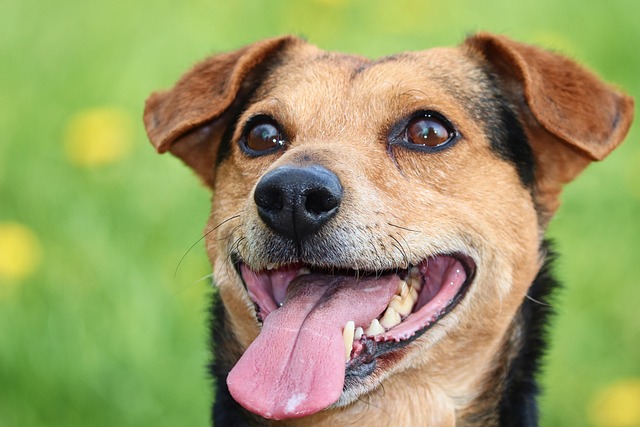
When we caress the furry ears of dogs and enjoy the warm moments of cuddling up with each other, our hearts are filled with happiness.
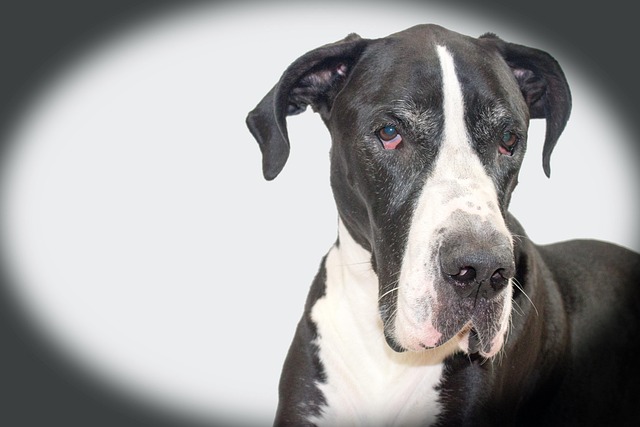
When we see the dog frequently shaking its head, scratching its ears, and even having red and swollen ears with an unpleasant smell,
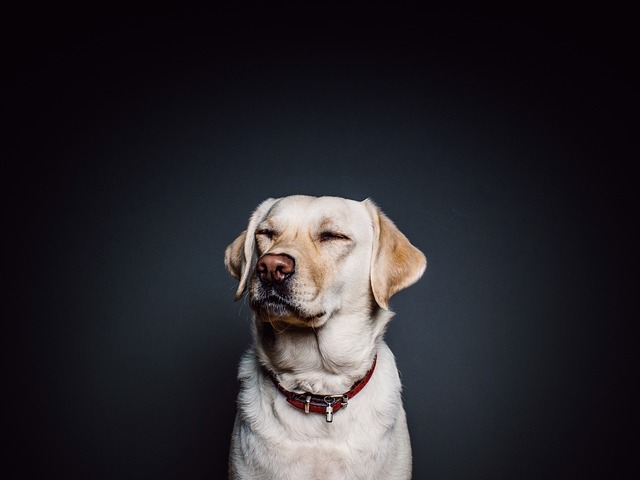
When we pick up the scissors and prepare to trim the hair of our furry babies at home, we are full of expectations and a little nervous. Looking at the trusting eyes of the dogs, we all hope to create a comfortable and beautiful look for them.